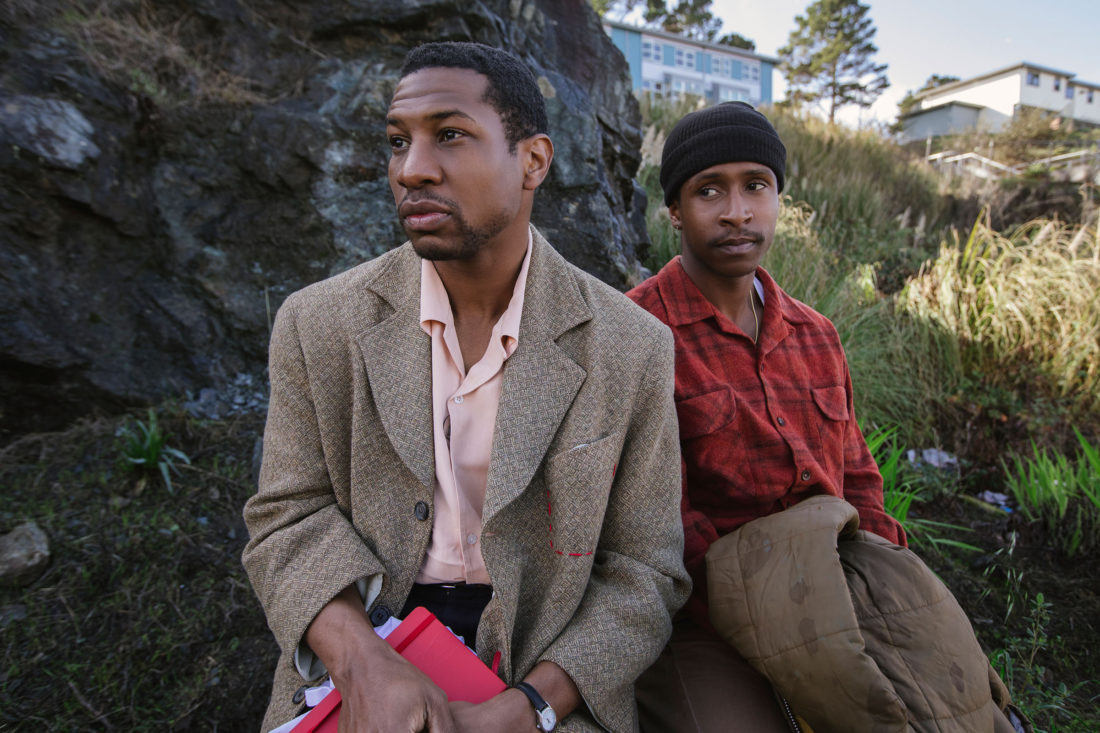The most creative and kinetic filmmaking in The Last Black Man in San Francisco is in its first 10 minutes or so, when pals Jimmie (Jimmie Fails) and Montgomery (Jonathan Majors) go skateboarding through the city, passing through what’s left of its African American neighborhoods on their way to a classic Victorian home Jimmie’s obsessed with. The slo-mo sidewalk images are crisp and evocative, with truthful, slightly mad narration by a street preacher and joyous shots of the skateboarding friends. It’s one of the best openings for any movie so far this year.
You can tell from the title that The Last Black Man in San Francisco bends toward parable. And you know it’s going to be deeply personal from the fact that the lead character and the actor/co-writer playing him share the same name.
Jimmie is a young man reduced to sleeping on the floor in the home of Montgomery’s blind grandfather (Danny Glover). But he’s infatuated with the glorious old house where he once lived with his father before they were priced out of the neighborhood in the 1990s. Now he returns often to the neglected Victorian, doing guerrilla home improvement projects. When the home’s older white owners are also displaced, Jimmie and Montgomery move in, hoping to exercise squatters’ rights.
Fails and director Joe Talbot use the impact of gentrification to address the larger issue of the culture of place: What (and who) defines San Francisco? What has happened to its African American community? A scene with Jimmie waiting at a bus stop with a casually nude man, both of them harassed by a noisy mobile frat party on a faux trolley car, sums up the film’s view: The quirky diversity of the city is being pummeled by a generic and oppressive privileged class.
The Last Black Man in San Francisco is at its best in such unlikely and poetic moments, and there are many. But the screenplay Talbot wrote with Rob Richert (from his and Fails’ story) is less successful threading together a sustained plotline to take the story to some kind of credible conclusion. A climactic confrontation fizzles before Talbot returns to the more evocatively disconnected imagery that makes the film the beautiful work it is.
Of course, the fact that Talbot and Fails find no real resolution and little hope amid the blight of gentrification is no condemnation. It’s a call to action.
Opens July 12 at the Fine Arts Theatre.




If you’re passionate about architecture, the cinematography in this movie will take your breath away– inside and outside the house, in golden sunlight and shadows, the glorious details of the magnificent Victorian mansion become transcendent. I saw the movie weeks ago and still have dreams about the house and wonder about the dreams that inspired it.
This is a film that isn’t easily categorized, and has a purposeful pace that may turn off a lot of the multiplex crowd, and it is mostly bathed in a feeling of sadness for lost things and people. But I found it had enough beautiful imagery, both of the house and San Francisco, and an always awesome soundtrack (including a Joni Mitchell song!), that it was quite an experience.